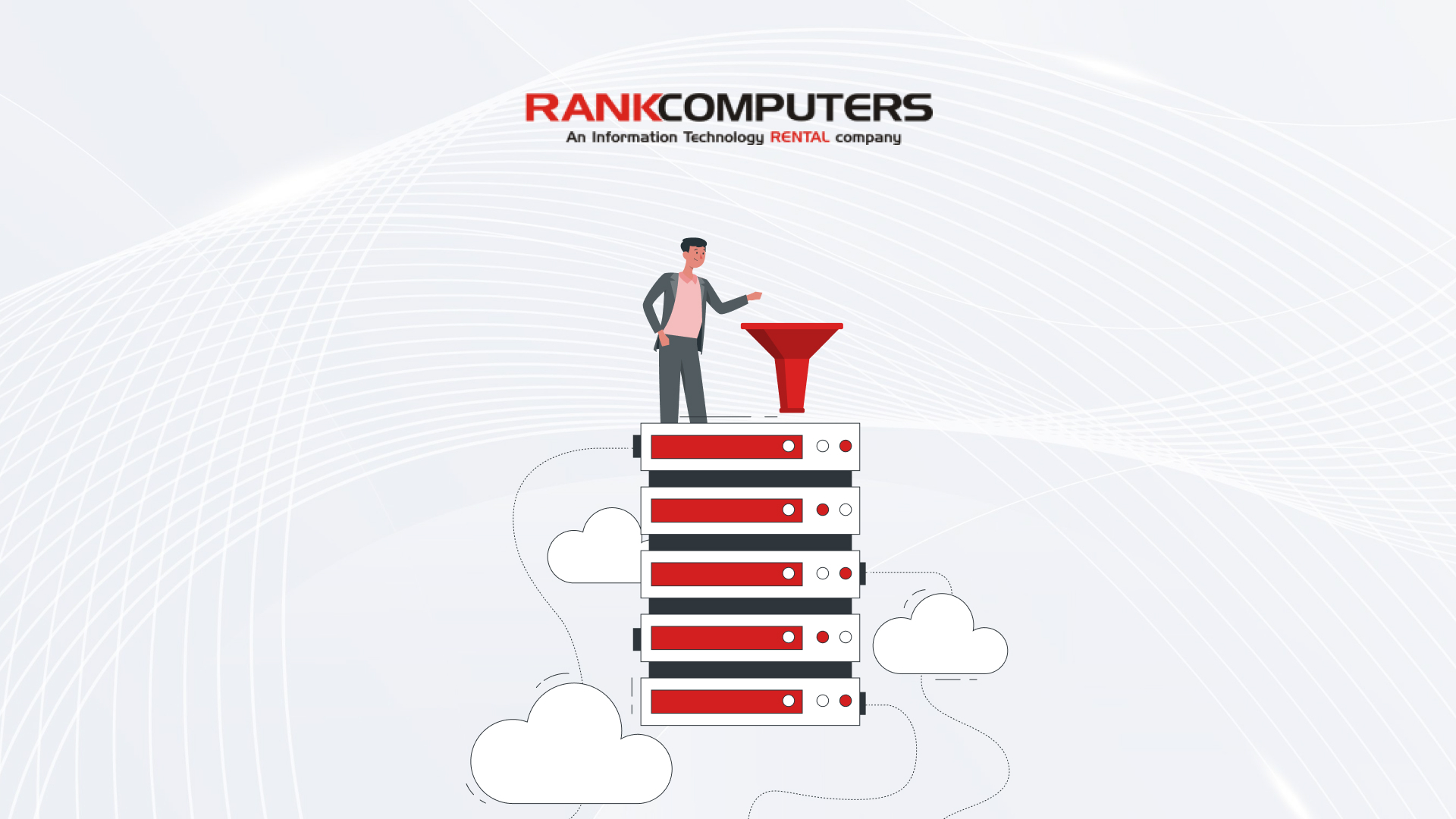Optimizing server performance is crucial in handling end-user requirements.
Using server optimization, you can actively monitor the availability, server operations, performance, security and other procedures as well because all these factors can impact your business.
When a server is not optimized:
- The website will get 11% fewer page views compared to other competitors and a 16% reduction in client satisfaction.
- The website conversions will be decreased by 7%.
These small numbers can cause a huge difference in your business growth, so, in order to increase your business’s ROI, it is necessary to optimize servers.
What is server optimization?
It is a technical process to improve application configuration & data processing efficiency alongside the overall performance of the system.
Server optimization is crucial because an organization depends on the availability and functionality of the server for its business growth.
Step 1: Caching
The first step to implementing effective server optimization is to enable caching. Store the website’s present versions on the hosting server and provide users with these until the site gets updated.
Pages have no need to send database requests every single time as they have been cached. Caches can be enabled in multiple locations, including:
– Application cache
– OpCode cache
– Memory cache
– HTTP cache
Step 2: Virtualization
The process of splitting a physical server into numerous virtual servers through software is known as server virtualization
The virtual servers are isolated and are capable of independently running their own operating systems. Physical servers can run a number of operating systems and servers simultaneously through virtualization.
Step 3: Optimizing the Database
It’s crucial to cut database systems’ response times to boost a website’s performance & database optimization is the best way to do it.
The databases provide information kept in a related hierarchical structure designed to ensure content can be arranged and extracted in a simple way.
Step 4: Work on DNS Query Response Time
DNS query response time is one of the most important factors while optimizing server performance. The minimum number for a website’s DNS response is 30 ms or less. There are websites dealing with traffic outside the hosted country which is why
they go beyond 200 ms.
The main problem here is distance. The larger the distance between a browser and DNS the more time it takes to load & execute. It is suggested to use a distributed DNS cluster to resolve this issue.
Step 5: Setup a Quick Reverse Proxy
If other users ask for the same HTML files that your server sends to a user’s browser?
The server will do a tremendous amount of work by repeating the whole process, so it is easier for the server to send those files directly from the memory instead of repeating and that could be done by HTTP reverse proxy. It creates a link between
server & users, when the second user requests the same file, the server will fetch the file from the memory immediately.
Most web servers are configured as a reverse proxy for optimization. Listed below are the top 3 reverse proxies:
– Varnish
– Nginx
– Lighttpd
Apart from these, other proxies that you could use include Tinyproxy, Squid, Apache, Freeproxy, Wingate, IIS, etc.
In order to decide which reverse proxy is best for your server optimization, evaluate the complexity of your application, its site load, and web configuration.
Bottom line:
Server performance monitoring is the most crucial part of server management.
In today’s time, we can’t afford to have low-performing servers, even for a few seconds. Hence, it’s important to continuously monitor server performance and get alerts when issues are identified, and resolve them quickly.



